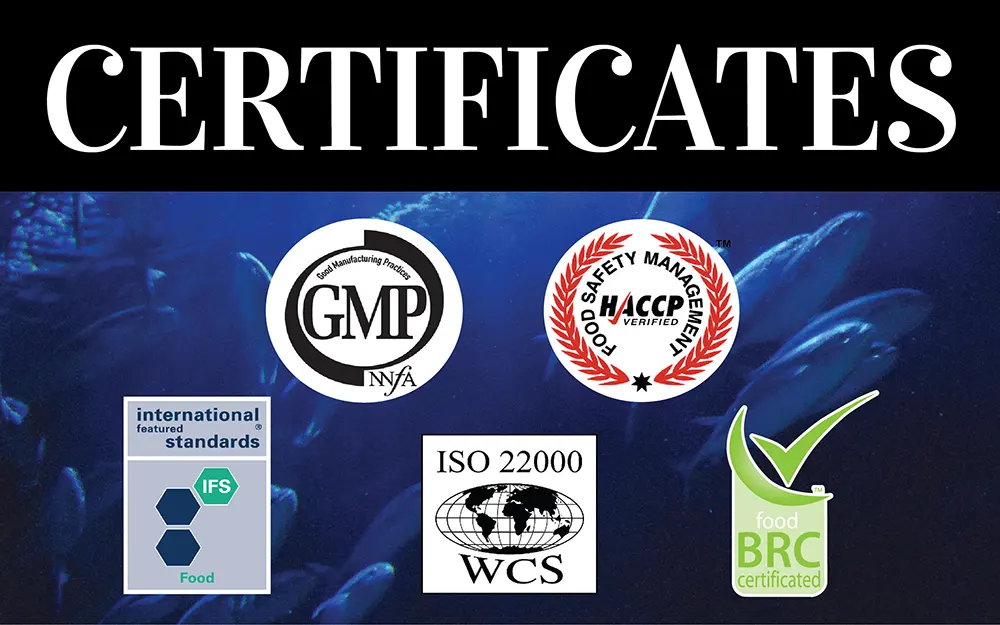
Chinese breaded shrimp exporters cautiously optimistic despite US tariffs: Undercurrentnews
Louis Harkell: UndercurrentNews
Countries eyeing China’s $180 million breaded shrimp trade with the US could be disappointed, as several industry sources told Undercurrent News 25% tariffs may not persuade US importers to buy elsewhere.
Chinese breaded shrimp prices might still be competitive even despite tariffs, sources said, because of the country’s expertise in breaded shrimp production, low cost and the limited number of suitable alternatives.
However, buyers are considering their options, Undercurrent understands, with suppliers in countries like Thailand reporting an increase in US requests for offers.
“At 10% [tariffs] China remains the choice,” a US-based importer who wished not to be quoted by name told Undercurrent. “At 25%, alternatives come into play.”
Chinese breaded shrimp is among the main seafood items hit with US tariffs, along with other key seafood items produced in China such as tilapia fillets and tuna loins. In 2018, the US imported 30,989 metric tons of Chinese breaded shrimp worth $181m, according to data from the National Oceanic and Atmospheric Administration (NOAA).
This amounts to 50% of the US’ total imports of breaded shrimp by value, according to NOAA, and 52% of all imports of shrimp from China (see charts one and two).
A packer based in Guangdong province, south China, told Undercurrent tariffs were “undoubted a concern”. “In the face of tariffs, we are not very good,” said the packer, whose factory employs 700 workers and sends about 200 containers of pre-fried breaded shrimp to the US annually.
“If we can’t compete, we will have to go to other markets,” said the packer. “We will do domestic sales or produce other products, such as raw peeled and de-headed [shrimp].”
However, he voiced a widely held view that significant barriers to market entry — which even large shrimp-producing countries like India would find hard to overcome — limit options for US buyers.
“In such a short period of time, the US has no way to find such a large capacity, even though the general trend is that [with 25% tariffs] China’s breaded shrimp exports will gradually decrease,” said the first source.
‘An art’
China’s breading business expanded in the 2000s when the country grew to become by far the world’s largest shrimp producer. While other countries have since grown in the production stakes, breading shrimp requires greater technical know-how than standard shrimp processing such as peeling and de-heading.
Ensuring the right amount of breading crumb in the production process is used – 50% plus or minus a couple of percentage points is the norm – is difficult, said a second US-based importer, as is getting crumbs to stick.
“Breading shrimp is not like processing head-on [shrimp], it’s an art,” the importer told Undercurrent. “You’ve got to have people who know what they’re doing.”
“The investment in bread and shrimp hardware is not much; an assembly line worth $3m might be enough. But if you want to build a supply chain, such as a bread and butter factory, it can’t be built in less than a year or two,” another Chinese packer told Undercurrent. “American customers also have to confirm the taste of other countries’ products, this can’t happen so fast,” estimating it would take three years for countries to build up capacity.
Indeed, China remains the most cost-effective origin for the production of breaded shrimp, trade data shows, even as Chinese labor costs rise, and local shrimp prices come up amid a decline in production.
According to NOAA, in 2018, the average unit value of US breaded shrimp imports from China was $2.65 per pound ($5.85/kg). By comparison, average units values from Vietnam, Indonesia, and Thailand were $3.33/lb, $3.68/lb, and $4.50/lb, respectively (see table one).
Last year, despite the disruption caused by the US-China trade war and tariffs of 10% on Chinese imports as of Sept. 24, US imports of Chinese breaded shrimp for the year rose compared with 2017 (see chart three).
At the Thaifex trade show held last month in Bangkok, several Thai packers downplayed their chances of taking market share from China amid the US-China trade war, given China’s competitiveness on price. Last year, Thailand was the US’ second-largest supplier, sending $70m worth of breaded shrimp to the US.
An executive at Marine Gold Products, which processes some 100 metric tons of shrimp produced in Thailand per day, told Undercurrent any business China lost would more likely go to Vietnam, not Thailand. “It’s going to be the Vietnamese [who benefit]. Cost-wise, price-wise, it’s challenging for us [Thai packers] to compete at the moment,” said the executive.
Nitijohn Thongdenok, marketing executive at Asian Seafoods Coldstorage, which exports some 800 containers of shrimp annually, told Undercurrent he has seen “some new requests for offers” from the US since the tariffs.
However, he also said prices would need to be right. “It depends on the product. In terms of quality and traceability, I think Thailand is a good choice,” he said. Another employee at the firm said without US tariffs, on raw breaded products “if you compare the same product in China, of course, we cannot do it, because they have much lower costs”.
The first US importer also noted that making a switch can be costly and time-consuming.
Suppliers’ lead times and time to source ingredients all need to be factored in, he said. According to the second US importer, the small size of other countries’ breading businesses means currently they import crumb rather than produce it at their own facilities.
“In the long-term everyone is looking to value add, it’s just not going to happen in the next 90 days,” he said.
Speaking to Undercurrent, Nikhilesh Alluri, business development manager at Indian feed giant Avanti Feeds, also said he did not think tariffs would have a big impact on India. The firm’s joint venture factory in Andrah Pradesh with Thai Union, Avanti Frozen Foods, currently does not produce breaded shrimp.
“At our factory, we haven’t seen a significant impact, positive or negative, to be honest. Indian packers don’t have the expertise to bread shrimp. But that’s something that’s picking up. Hopefully this triggers the skill level and importance of this product.”
Indian shrimp production has increased massively in recent years along with processing capacity. But Avanti Frozen Foods’ new factory in Andrah Pradesh (pictured) currently produces no breaded shrimp. Credit: Louis Harkell / Undercurrent News
Uncertainty
Given China’s strong position in the market for breaded shrimp and the barriers to entry, Jim Gulkin, CEO of Siam Canadian Group, said shrimp processors outside China need to feel confident tariffs will last to warrant investing in capacity. Owing to continued uncertainty over whether US president Donald Trump will strike a deal with China, this is not the case.
“I think people are a bit reluctant to start making major changes until it’s really clear what’s going to happen. People aren’t jumping in yet [with investments in expanding capacity],” he told Undercurrent at Thaifex.
The second US importer said given this situation US consumers and importers would need to shoulder the extra cost of tariffs. With breaded shrimp, most is sold to US foodservice buyers on contract.
“What the market can absorb, we don’t know. But currently, it’s absorbing it,” he said. Currently, a 10% tariff rates amounts to 30 cents on a $3 item. “My outlook it’s not a problem for [breaded shrimp] because there’s probably room for the market to absorb that [extra tariff].”








